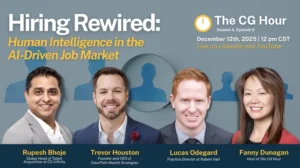Fiberside Chat: In Fiber Buildouts, the Devil is in the Details
With the development of technology like 5G and fiber networks, society is moving at breakneck speed toward faster and more efficient ways of life. But what is it costing us?
Tom Counts, Executive Vice President and Co-founder of 3-GIS, has noticed in recent months a strange and puzzling trend in the world of fiber – one that has given him cause for concern. As he revealed to host Tyler Kern in this episode, more companies are trying to cash in on the hidden opportunities found in fiber network buildouts. But, in the rush to do so, they’re cutting corners and making mistakes.
“I think it’s a perfect example of, ‘You don’t know what you don’t know,’” Counts said. “People are getting into the engineering side that, while they’re well-intended and may understand the electric market, the municipal market, the co-operative market, I can’t confidently say that they understand the fiber telecommunications market.”
So, what can fiber companies, or what Counts calls the “fiber consortium,” do about this?
“We’ve got to do a better job educating our users on what we need to be providing to our field crew, what we need to be providing to our cities for permitting, what we need to be providing to every single person involved in the design and construction to make sure it’s good and efficient,” Counts mused.
Subscribe to the Fiberside Chat podcast on Apple Podcasts and Spotify for the latest interviews and other thought leadership content from the world of fiber networks.
Follow us on social media for the latest updates in B2B!
Twitter – @MarketScale
Facebook – facebook.com/marketscale
LinkedIn – linkedin.com/company/marketscale









